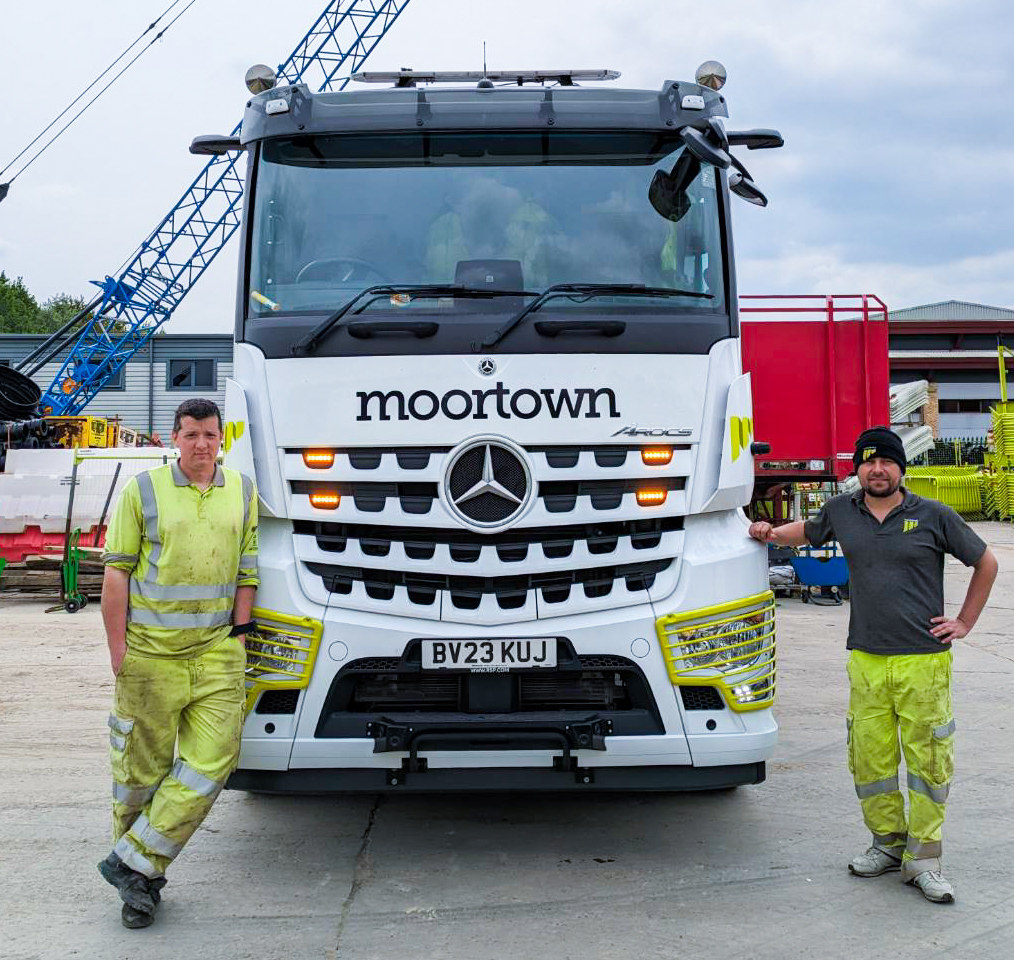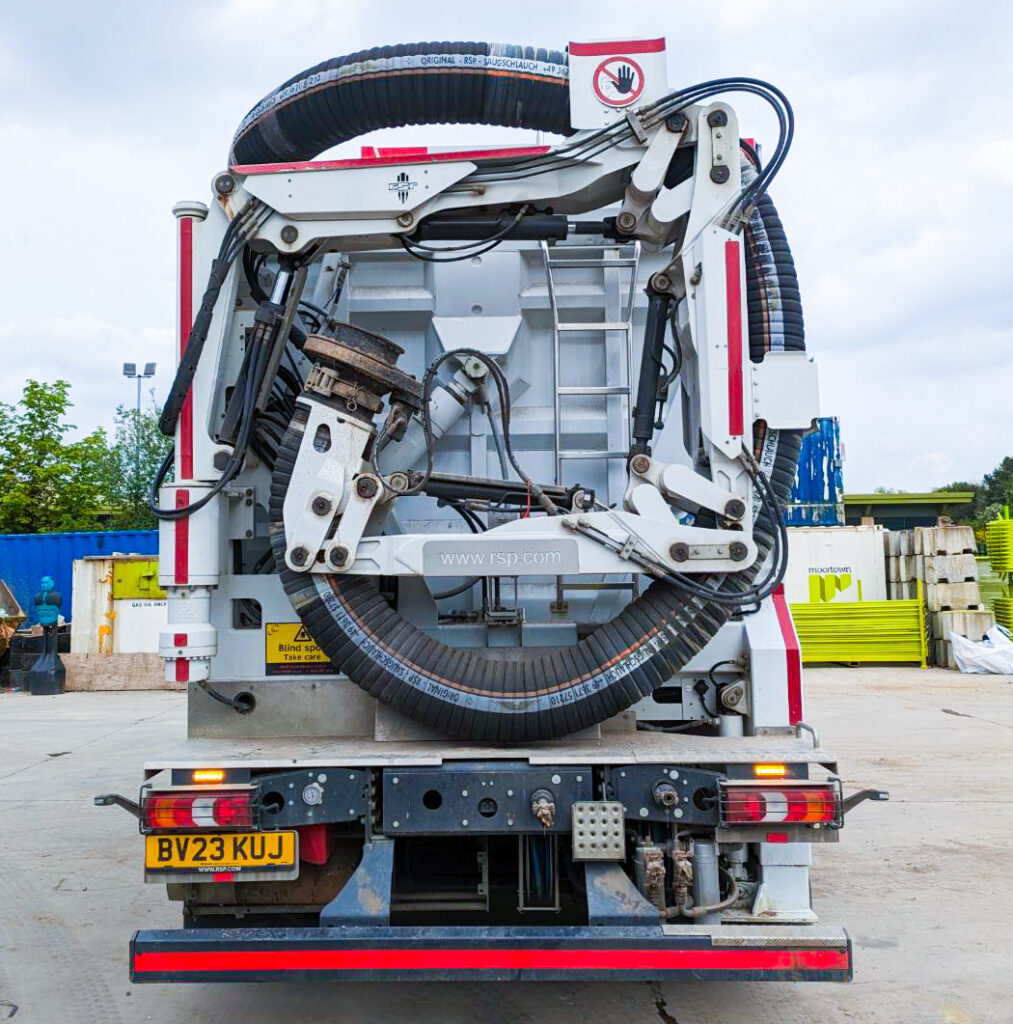Employing the Vac-Ex
We’ve been delighted with last year’s new addition to our Plant fleet. Our Vacuum Excavator Truck has been put to work non-stop since, and this has further supported our two tracked vacuum excavators which have already been in use across the business awhile now to help manage the associated risks with buried services.
There are many advantages of using this machine compared to the traditional method of manual excavation. Our team at the HMP Bullingdon project were first to get their hands on it and have been very impressed using this efficient piece of kit.
Our model is the ESE 6 RD 10000 RSP Suction Excavator, which offers a 6.10-m-long articulated hose carrier and a collecting tank of up to 8 m³ with optional pressure or high-pressure water systems.
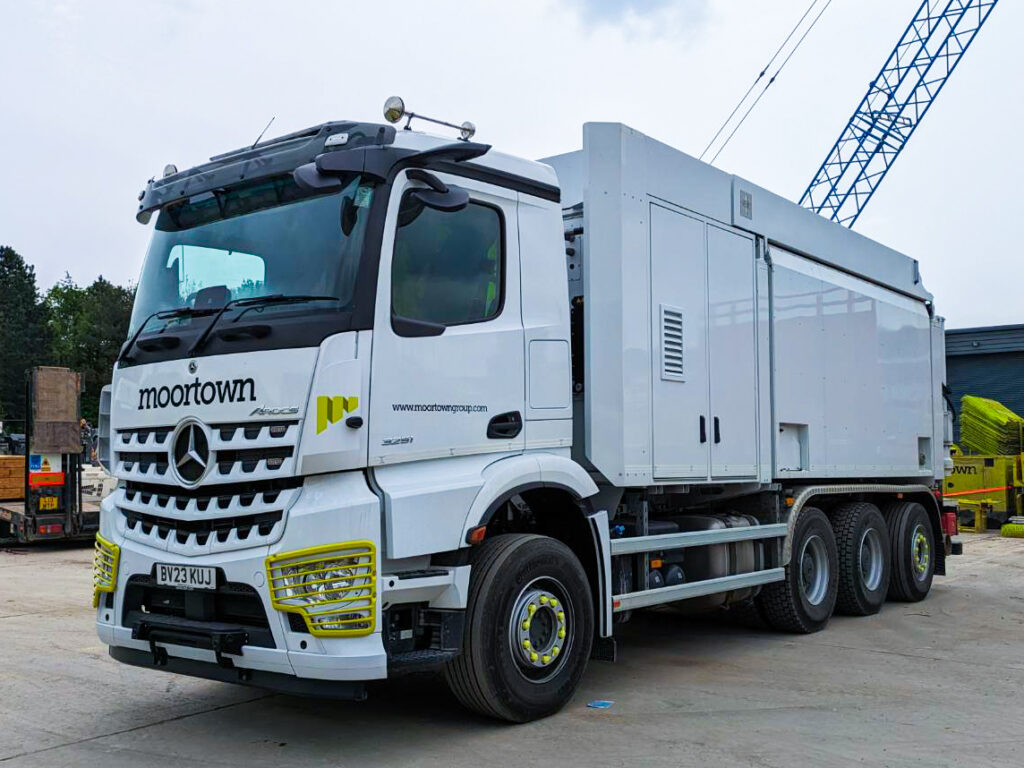
What can they do:
A designed machine that uses the power of suction to remove earth and ground materials safely and quickly. The suction tube draws the material up and into the holding tank within the excavator and are then able to excavate up to 4m3 per hour without requiring any manual labour.
These machines can vary in size, with smaller excavators being used in hard to access areas, and larger machines being employed for open spaces. The large suction arm is then remotely operated from a safe distance.
Excavation techniques such as Vacuum Excavation provides a safer and reliable way to excavate. Trenching or excavation is included in the remit of HSE, and they have regulations relating to excavation. Excavation can be a dangerous process, due to collapsing earthworks and by using the vacuum excavation method it will carry out the excavation in line with the latest regulations and standards.
What are the environmental benefits of Vacuum Excavation?
- Using excavator results in fewer vehicles on-site, ensuring the carbon footprint is much lower than if traditional digging methods were used.
- Vacuum excavation creates far less dust than other methods. Our excavators suck all the spoil directly into the skip. This allows the site to be kept tidy for the workers, as well as the public if working in a residential area or city centre.
- Through the use of a vacuum excavator, the size of the excavation size can be reduced by up to a third, compared to the traditional methods. This not only uses less energy but also creates a smaller footprint on the site.
- As an efficient method, vacuum excavation targets precise areas and reduces spoil to a minimum. With less spoil produced, there is less mess, less tipping, and less to recycle, providing cost and environmental benefits to the project.
- With excavation being a quicker and more thorough process than hand digging, Safe Excavation will ensure the project is completed within project deadlines.
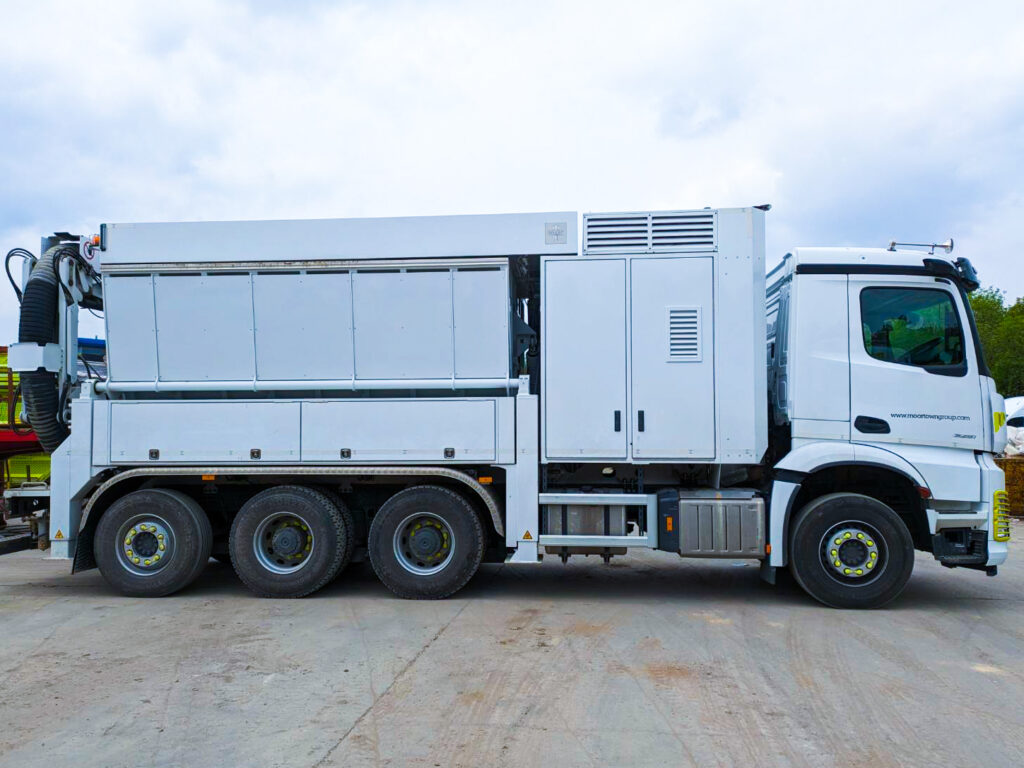
Top 3 Advantages of using a Vacuum Excavator:
- Quicker method to get the task done / cost effective
- A vacuum excavator can clear a large area of ground in a short space of time.
- Manual excavation is notoriously slow, but an excavator will quickly and efficiently remove large quantities of earth and other extraction materials. This efficiency is reflected in the reduced cost per cubic metre.
- The comparative cost of vacuum excavation services when compared to manual excavation is impressive. To clear a cubic metre using the suction method costs £44, whereas using manual extraction costs £75.
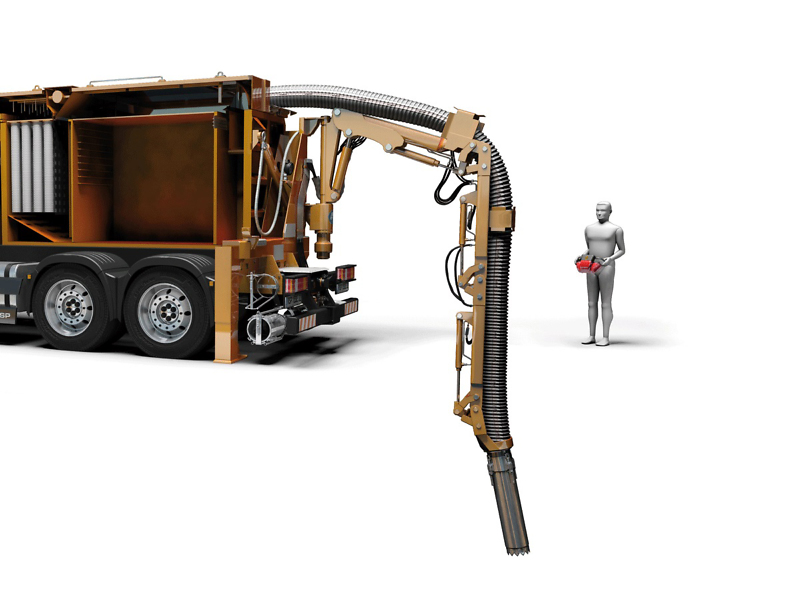
Image courtesy of RSP
- Safer process to achieve results / less danger posed to the workforce
- Cable strikes are a major risk during excavation and can be lethal. Vacuum excavation can remove earth from around utilities and cables without damaging them, significantly reducing the associated risk.
- Another benefit of using the vacuum method is that it reduces the amount of dust produced during excavation. With more traditional forms of excavation, workers are at risk from increased dust in the air, which can have long-lasting health implications.
- When using a vacuum excavator, the dust is sucked inside the excavator helping to maintain healthy air quality. To prevent air contamination, the vacuum uses a 42-filter system that ensures no dust will escape.
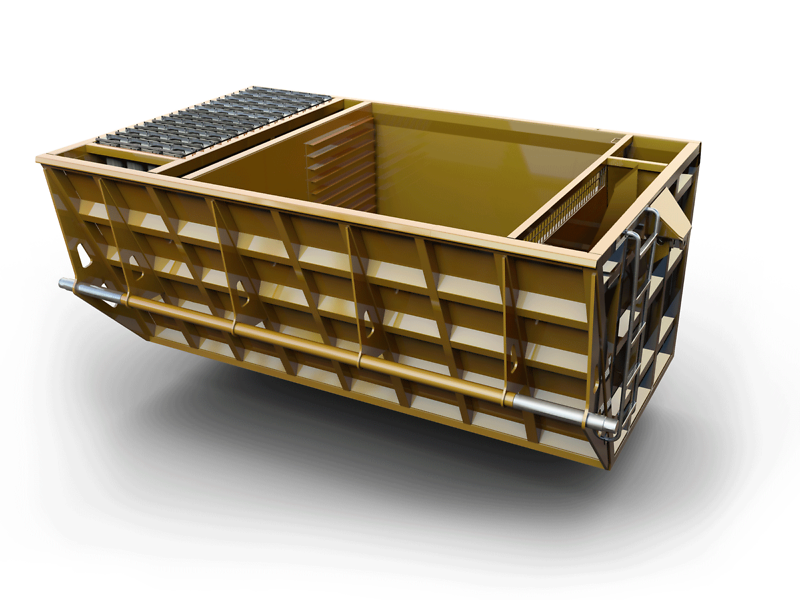
Image courtesy of RSP
- Precision of tool application / less harmful to the environment / minimal disruption and damage to surroundings
- A skilled operator can excavate earth from around tree roots without damaging the roots or tree. This allows work to be carried out around tree roots, or even move large trees with substantial root formations.
- This same precision is important in heavily built-up areas, where there are many structures close by which could be affected by earth movement.
- Using vacuum excavation compared to traditional digging open excavation reduces the amount of earth that needs to be removed.

